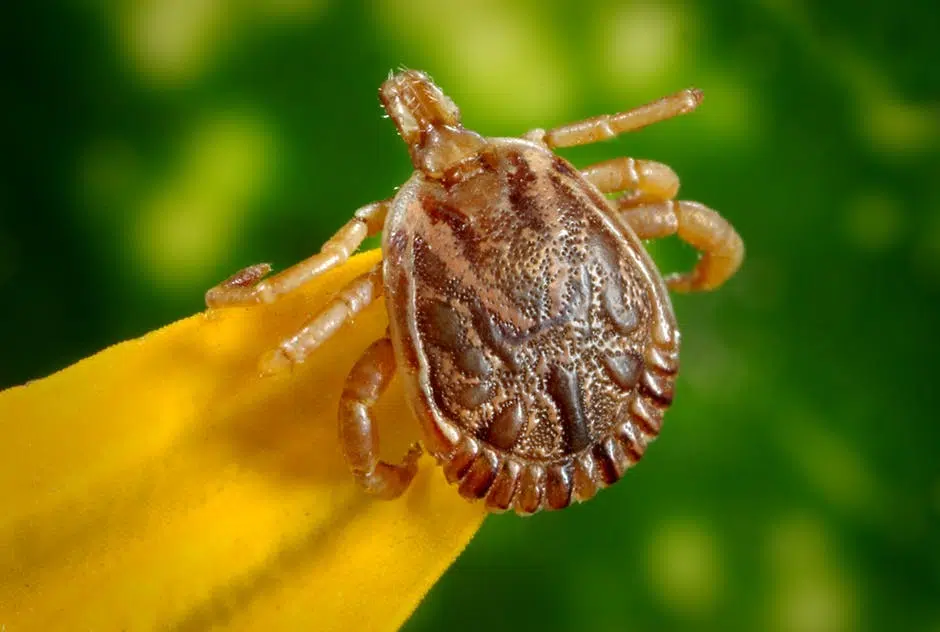
Did you know that a female flea can lay up to 50 eggs per day? If you’re wondering what’s lurking in your home, check out this guide.
In this article, you’ll discover how to tell the difference between a flea vs tick. Read on to discover the facts for each before your home is infested.
Ticks
Ticks are in the arachnid family since they’re close cousins to spiders and have 8 legs. They’re bigger than fleas, but still hard to see with the naked eye. They’ll live on multiple hosts throughout their lives.
There are several types of ticks, and their lifespan varies from weeks to years. They’re normally found stationary and feeding. They feed by placing their entire heads into the skin.
Ticks can cause serious diseases such as Lyme disease, which can cause a bullseye-like appearance. There are 4 stages to a tick’s life which include the egg, larva, nymph, and then adult.
They have a tear dropped or oval-shaped body before they feed, and a round body afterward. They can range in color depending on the type such as the cattle, sheep, and American deer tick.
You can find ticks all over the world, but they’re normally found in humid and wooded areas.
Removing Ticks
To remove ticks, you’ll want to use a pair of tweezers to grab the tick as close to the skin as possible. Next, pull upward with a firm grasp. If it doesn’t come out easily don’t use force. Once the tick is out, remove any other part of the tick that is left behind.
Avoid using petroleum jelly or nail polish to get the tick out, and just use tweezers. Make sure that you wash the bite afterward with soap and water to prevent an infection.
Cover the bite with a bandage to prevent it from getting infected. It’s a good idea to save the tick’s body in a jar in case you do get sick from it. Then your doctor can have the tick’s body tested for diseases.
You can store it in a ziplock bag or jar and place it in the freezer. If you experience a fever, headache, pain, or a rash, contact your doctor immediately.
Common symptoms of Lyme disease are fever, chills, swollen lymph nodes, a red bulls-eye rash, and pain.
Fleas
You can see fleas with the naked eye, but they’re still very tiny, about the size of a needlepoint, and normally dark in color. They tend to stay on one host throughout their life. They move very fast and can jump.
Fleas feed on the blood of dogs, cats, other animals, and humans. Their legs are long which helps them jump easily. After feeding they’ll normally leave raised and swollen marks.
If you don’t see a flea, you can identify them by flea feces left behind. If you want to see them on your pet, part your pet’s fur and look at their skin. If fleas are found on your pet, you’ll want to contact your vet immediately, the same as with ticks.
Flea vs Tick
A flea is wingless and can jump with their 6 legs. Ticks have 6-8 legs and are arachnids. Another common difference is how a tick will have different hosts to feed from, whereas a flea normally stays on one host throughout its life.
Fleas are more likely to cause an infestation in your home than ticks since they multiply so quickly. It’s vital you look into flea and tick removal no matter which you might have.
Here in Clearwater since it’s warm year-round, ticks love the warmer weather, more so than fleas, but it’s still possible to find fleas in the area.
While infected ticks can spread serious diseases like Lyme disease or Rocky Mountain spotted fever, fleas can cause allergies or cause tapeworms.
Habits
While ticks don’t normally cause an infestation, they’re still a cause for concern since they can carry harmful diseases. Ticks will wait for you or your pet to be by foliage and then jump onto you.
Always check yourself and your pet after walks, especially when you’re in parks. If you find a tick on your pooch, get rid of it immediately and clean the area. Check your dog and the spot over time to notice any differences.
Fleas, on the other hand, can cause an infestation. They can easily hide in your home and reproduce. If you suspect fleas, you’ll need home treatment.
Prevention
To avoid ticks in Clearwater, make sure you avoid any areas with tall grass or wooded areas with shrubs. Always stay in the center of walking trails with your pet to avoid touching areas with ticks.
You can also wear long clothing to prevent yourself from tick bites. Always tuck your pants into your boots or socks before your walk to prevent them from climbing your clothes.
You can also use insect repellent on any skin that’ll show during your walk. This will protect you against tick bites. Make sure you avoid your mouth, eyes, and nose when you spray this on.
To prevent fleas, always make sure your pet has proper flea prevention such as a monthly flea treatment whether they’re a dog or cat. Ensure that you vacuum your rugs, carpets, and any furniture your pet will climb on once a week.
Always wash your pet’s bedding weekly to remove any flea eggs. Outside, always keep leaf piles and grass clippings clean, don’t overwater your lawn, and keep your grass short.
The Difference Between Fleas and Ticks
While fleas and ticks can both be overwhelming, it’s important to spot the difference between a flea vs tick and be able to treat it properly.
Do you currently have a bug in your home and you’re not sure what it is? Contact us today and we will be able to identify and treat your current pest.
